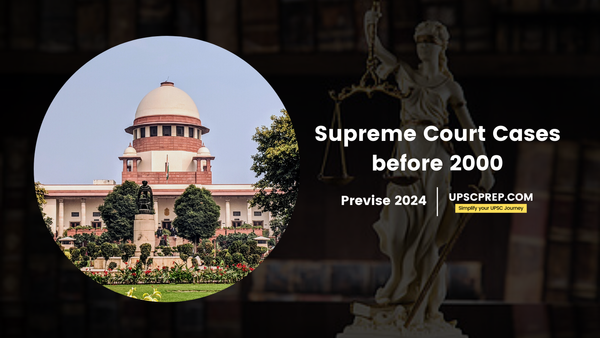Table of contents
A.K. Gopalan Case 1950
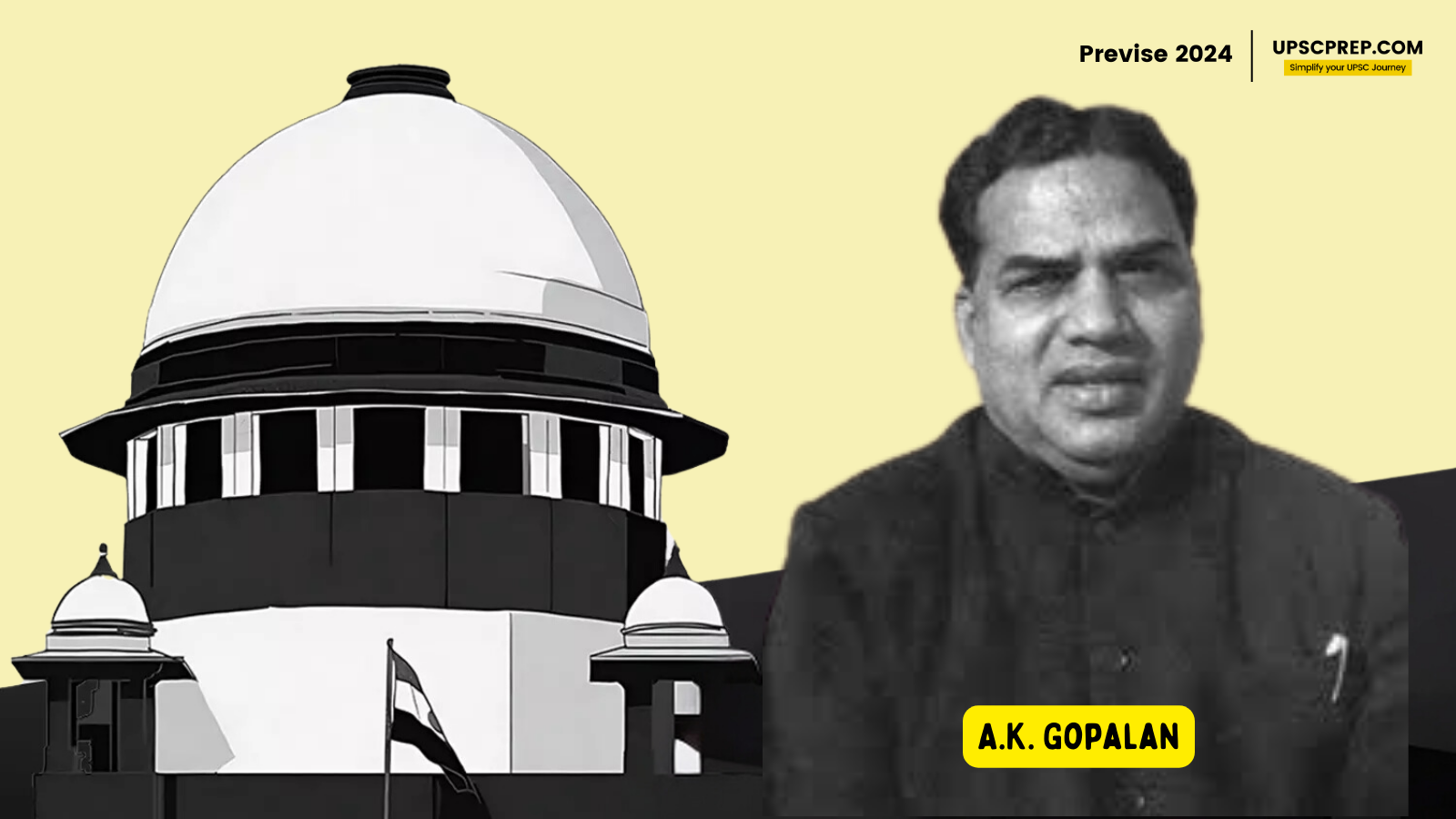
- The Supreme Court took a narrow interpretation and said that protection under Article 21 is available only against arbitrary executive action and not from arbitrary legislative action.
- It means that as long as the imprisonment followed the legal process, there was no infringement of the Fundamental Rights in Articles 13, 19, 21, and 22.
- This was because of the expression ‘procedure established by law’ in Article 21, which is different from the expression ‘due process of law’ contained in the American Constitution.
Shankari Prasad Case 1951
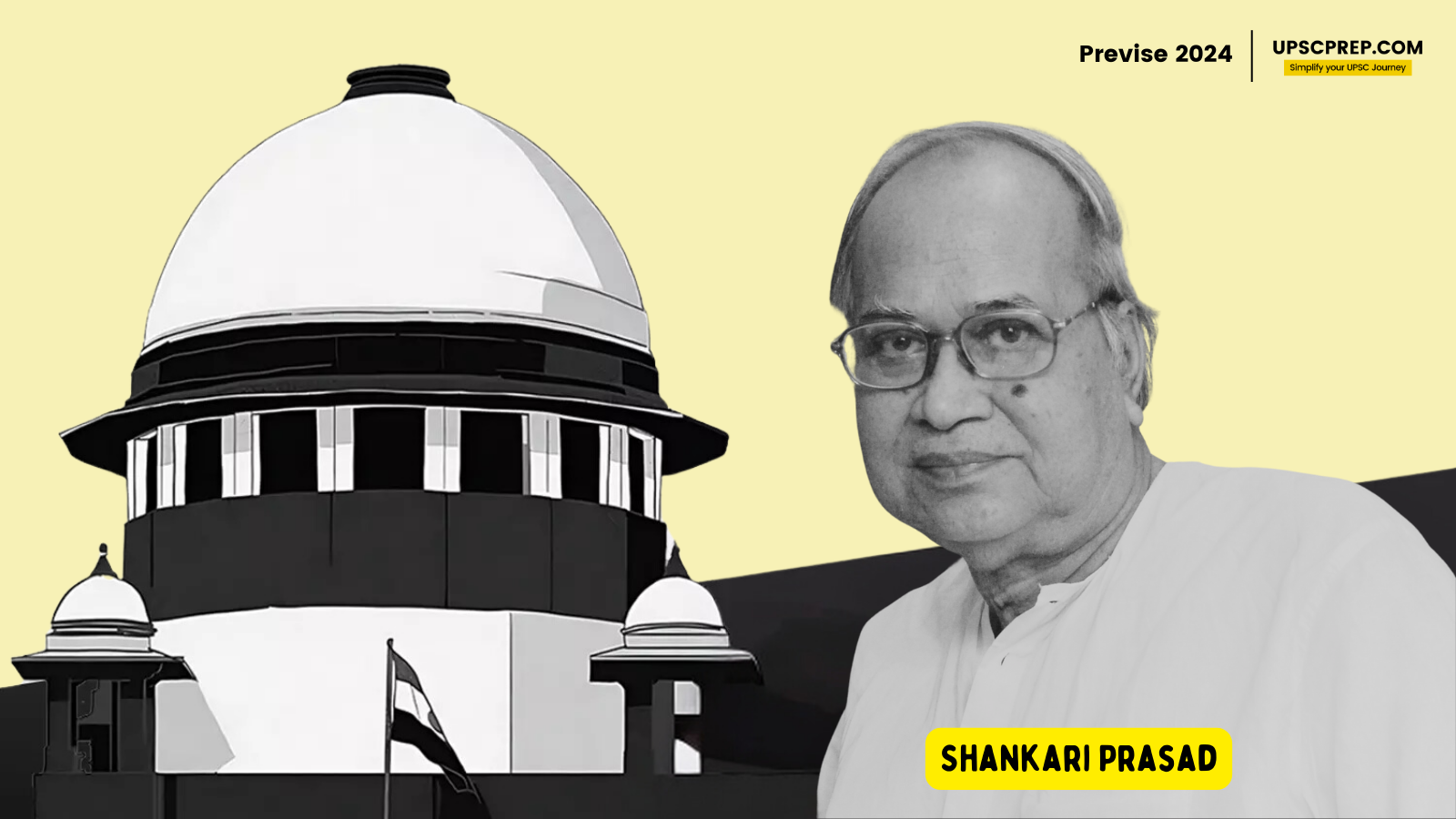
- The constitutionality of the First Amendment was questioned in this case, which allowed the amendability of fundamental rights.
- It was said that Fundamental Rights are subject to the Parliament’s ability to amend under Article 368.
- The word ‘law’ in Article 13 includes only ordinary laws and not the constitutional amendment acts.
Berubari Union Case 1960
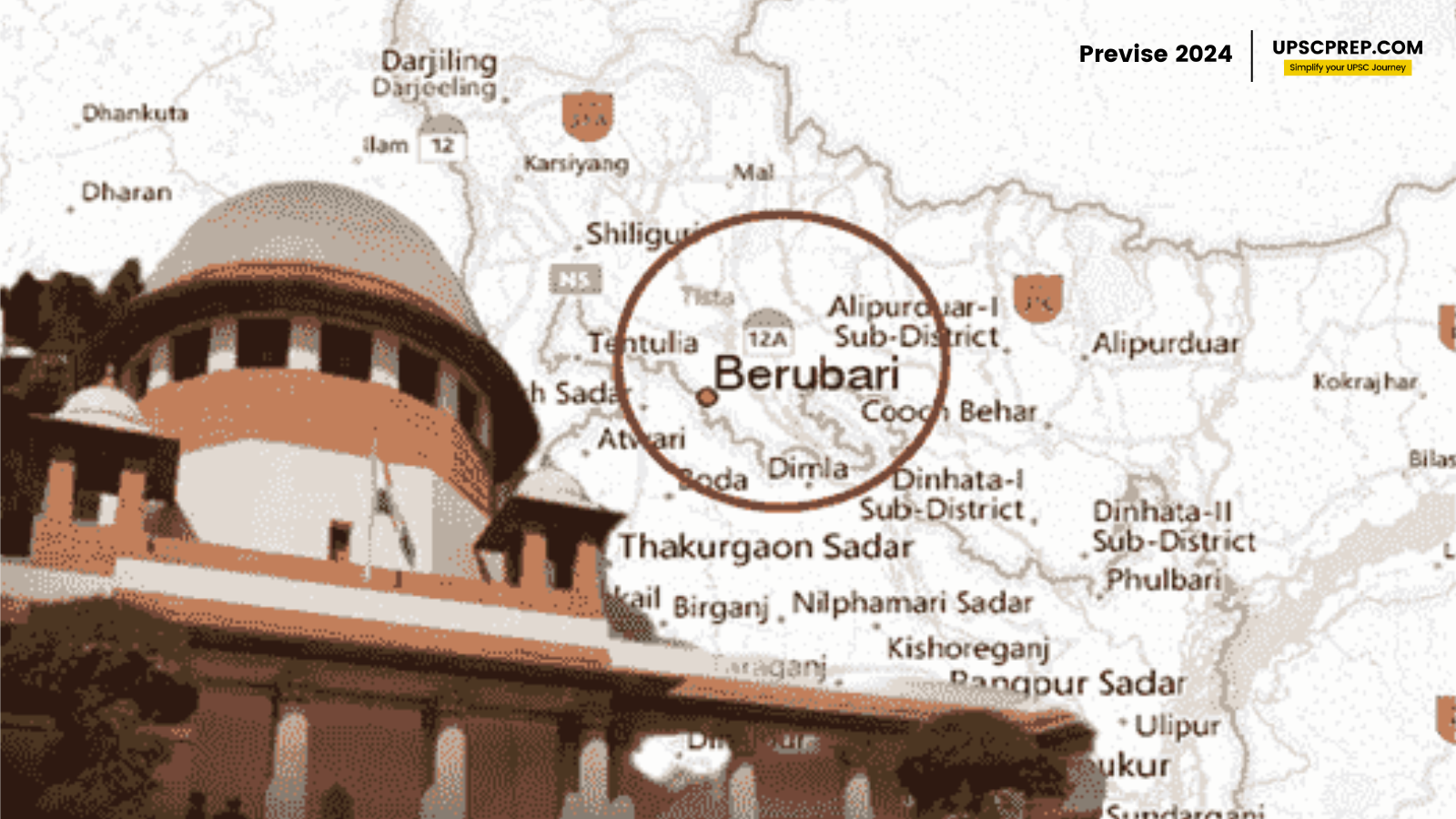
- The main issue was whether the Preamble is part of the Constitution or not.
- The court said that Preamble shows the general purposes behind the Constitution and is a key to the minds of the makers of the Constitution. But still it is not a part of the Constitution.
- The case arose from the question whether Parliament has authority to cede Berubai’s territory to Pakistan. The Supreme Court determined that the Parliament cannot enact laws in order to carry out the Nehru-Noon Agreement.
- As a result, the 9th Amendment Act was passed to make the contract binding.
Golaknath Case 1967
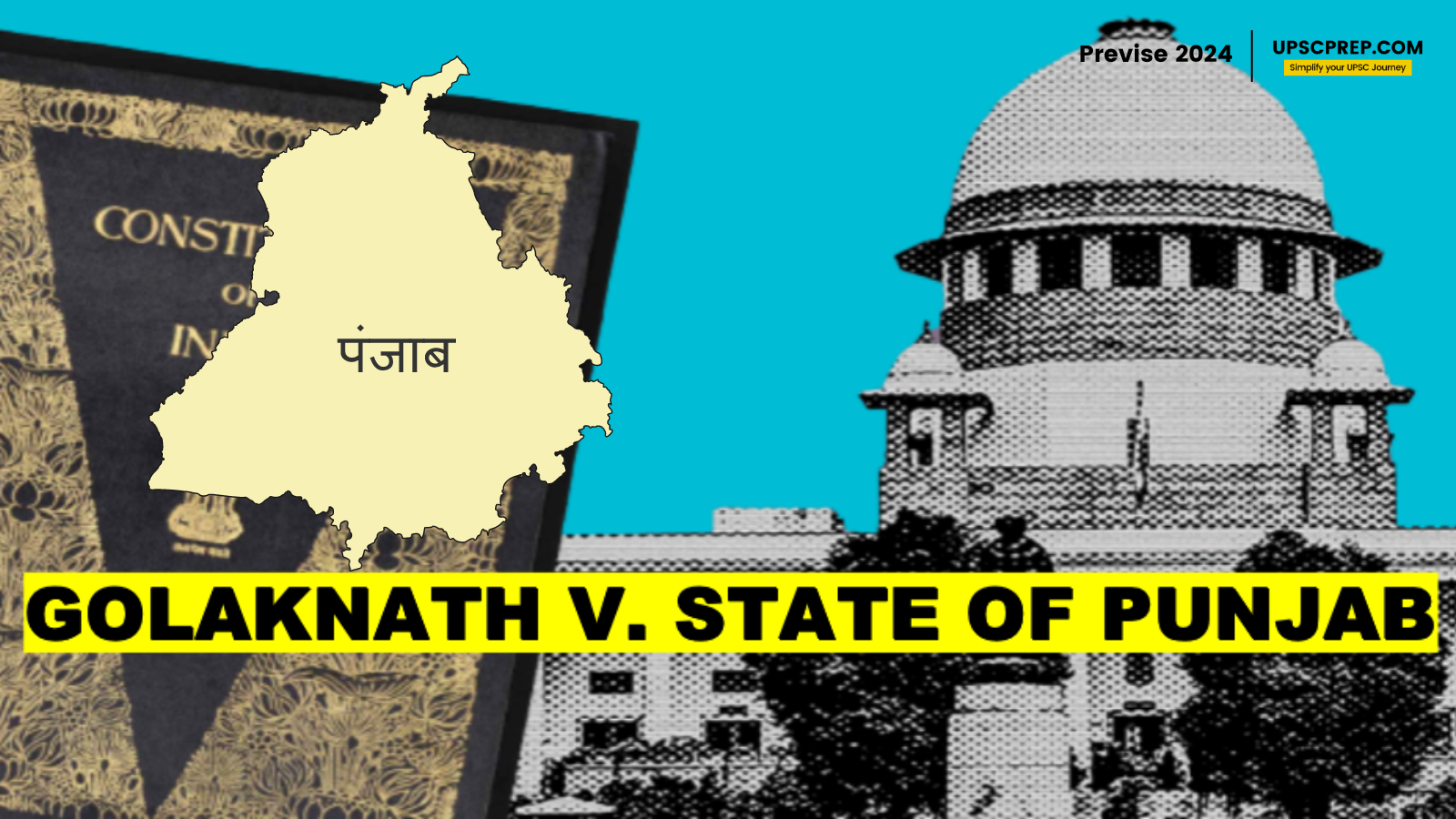
- Here, the issue whether or not amendments became laws and whether or not Fundamental Rights might be changed was again at the center.
- The Supreme Court said that Fundamental Rights cannot be amended for the implementation of the Directive Principles.
- The Parliament reacted to the Supreme Court’s judgment by enacting the 24th Amendment Act (1971) and the 25th Amendment Act (1971).

Kesavananda Bharati Case 1973
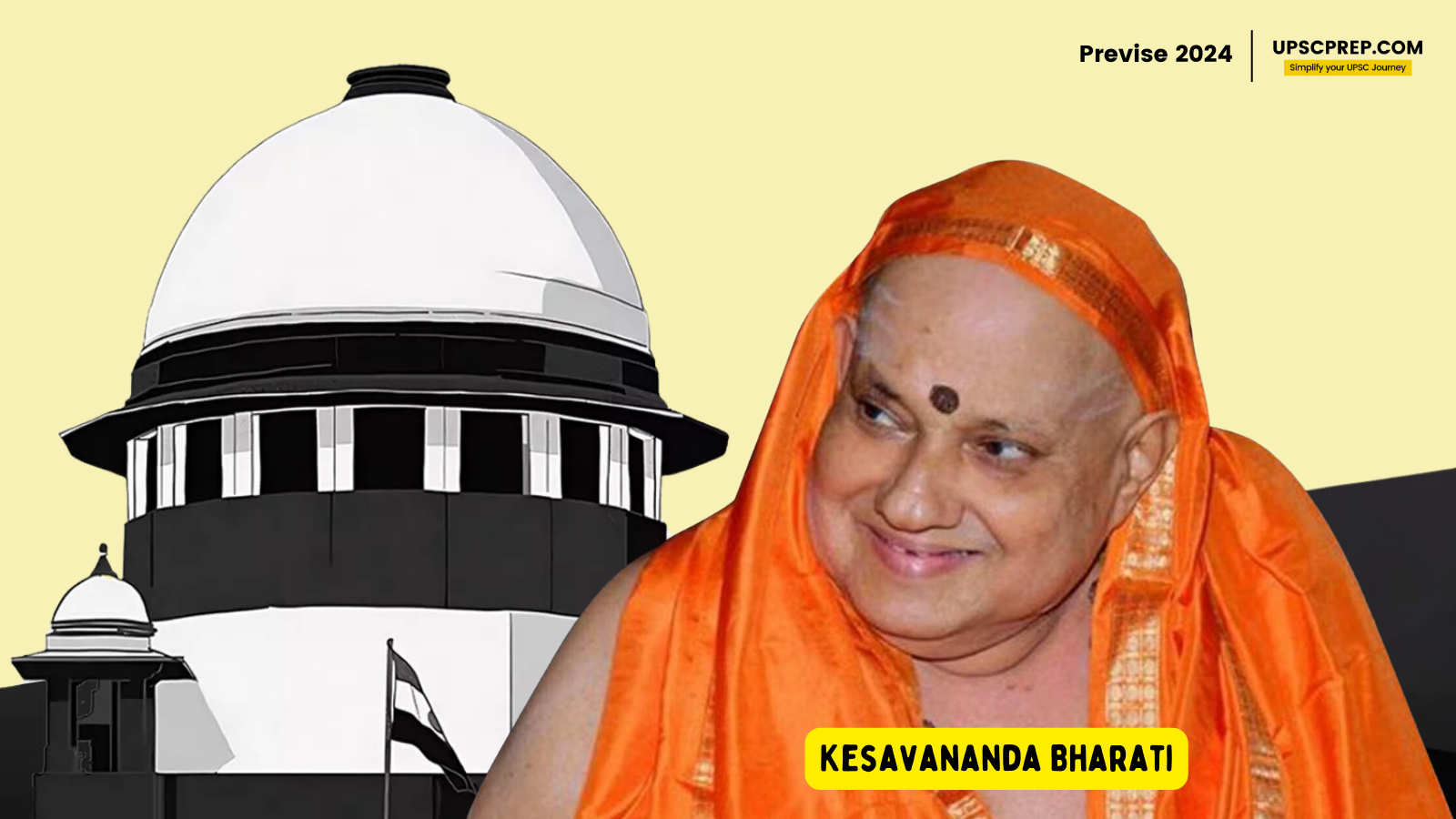
- This case, also known as the Fundamental Rights Case, outlined the basic structure doctrine of the Indian Constitution.
- A 13-Judge bench upheld the validity of the 24th Constitutional Amendment Act (1971) according to which, the Parliament is empowered to abridge or take away any of the Fundamental Rights.
- But the “basic structure of the Constitution could not be abrogated even by a constitutional amendment.”
- Parliament reacted to this by enacting the 42nd Amendment Act (1976) which amended Article 368 and declared that there is no limitation on the constituent power of Parliament including that of the Fundamental Rights.
Indira Nehru Gandhi v. Raj Narain Case 1975
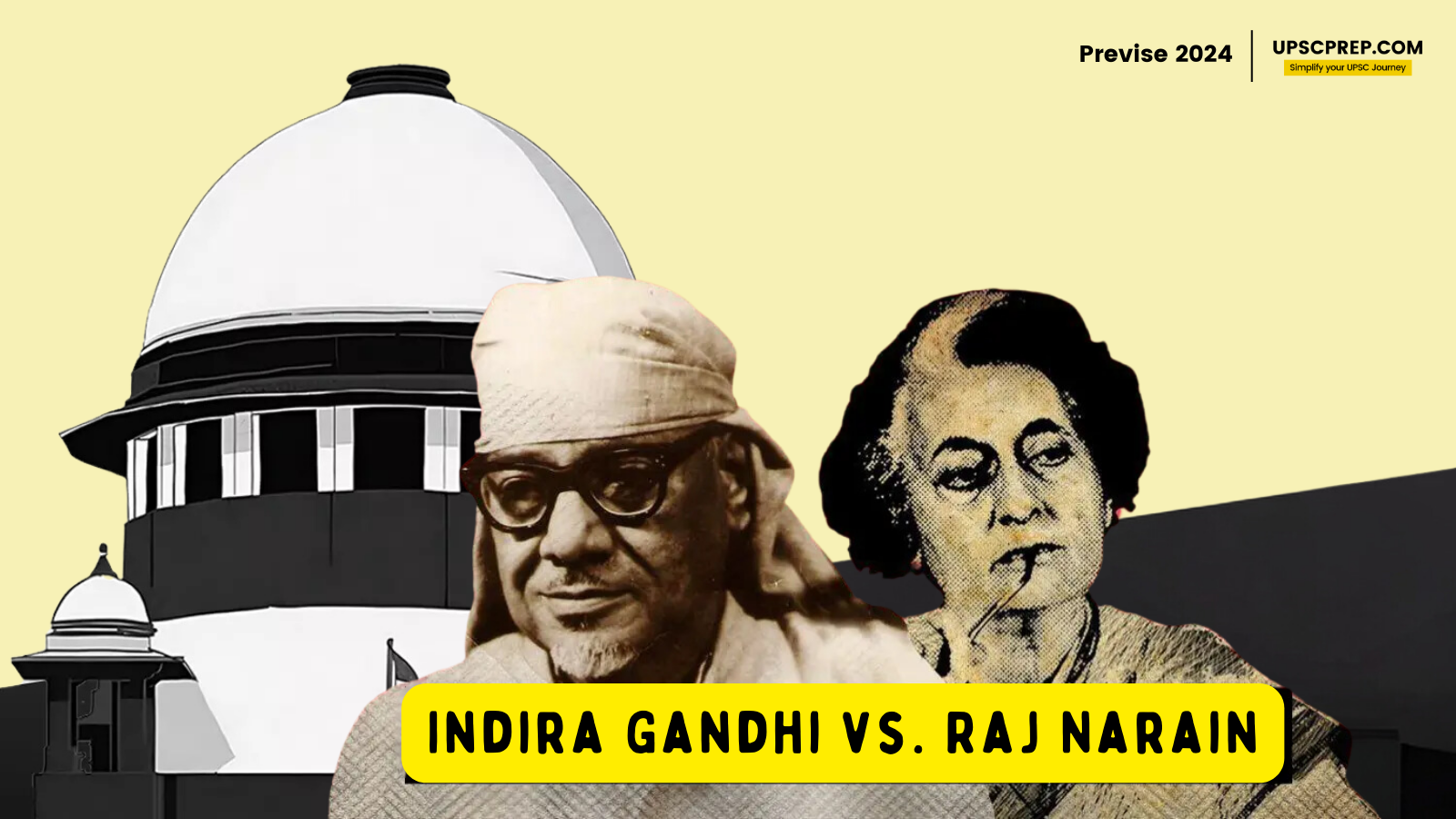
- The basic structure doctrine of the constitution was applied by the Supreme Court in this case to invalidate Clause (4) of Article 329-A.
- This clause was added by the 39th Amendment in 1975 which kept the election disputes involving the Prime Minister and the Speaker of Lok Sabha outside the jurisdiction of all courts.
- The Parliament reacted to this by enacting the 42nd amendment act 1976.
Minerva Mills Case 1980
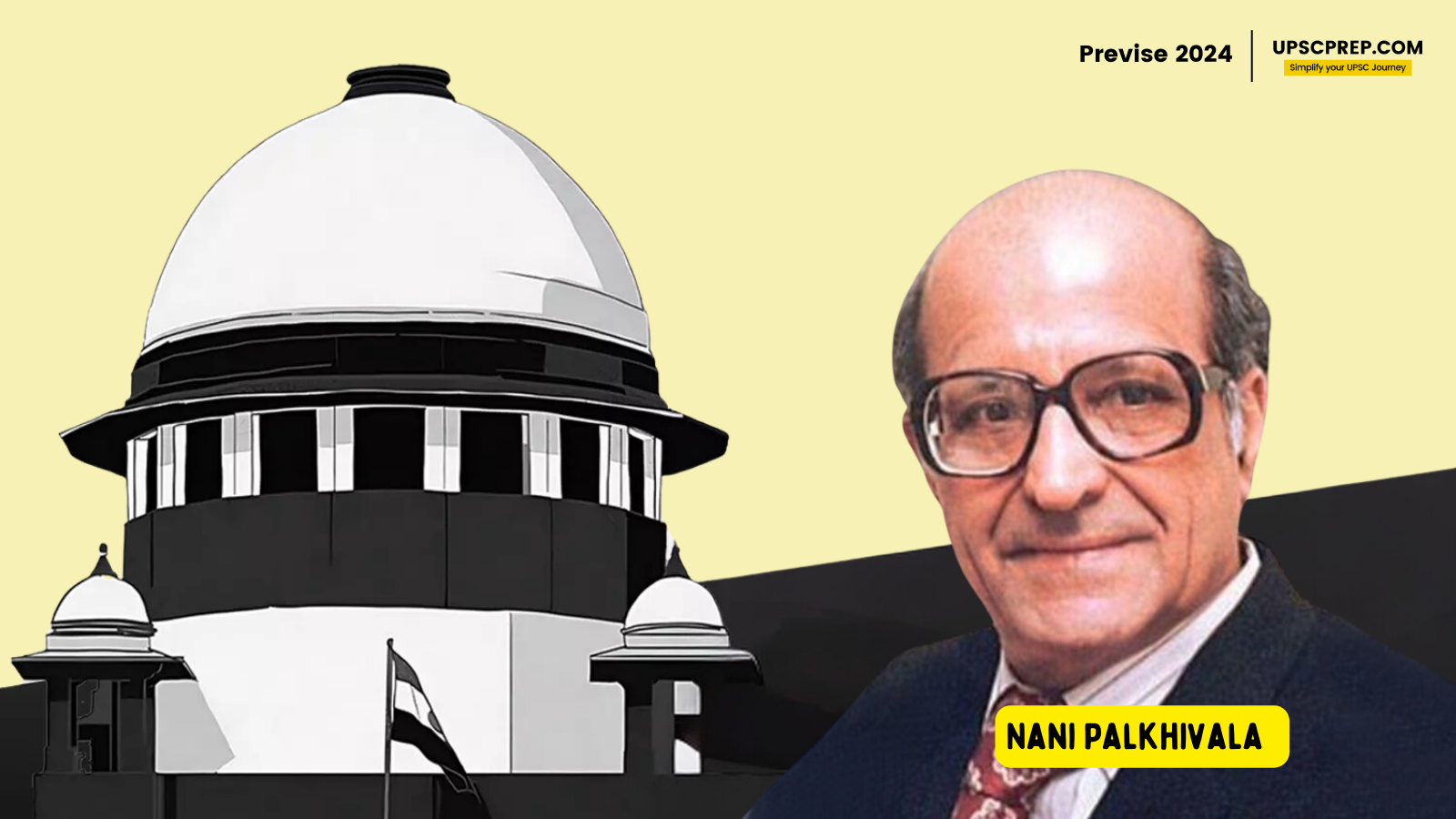
- This case further strengthened the Basic Structure concept by declaring two amendments introduced by the 42nd Amendment Act of 1976 to be in violation of the constitution.
- The ruling provided that the Constitution is sovereign and not the Parliament.
Waman Rao case 1981
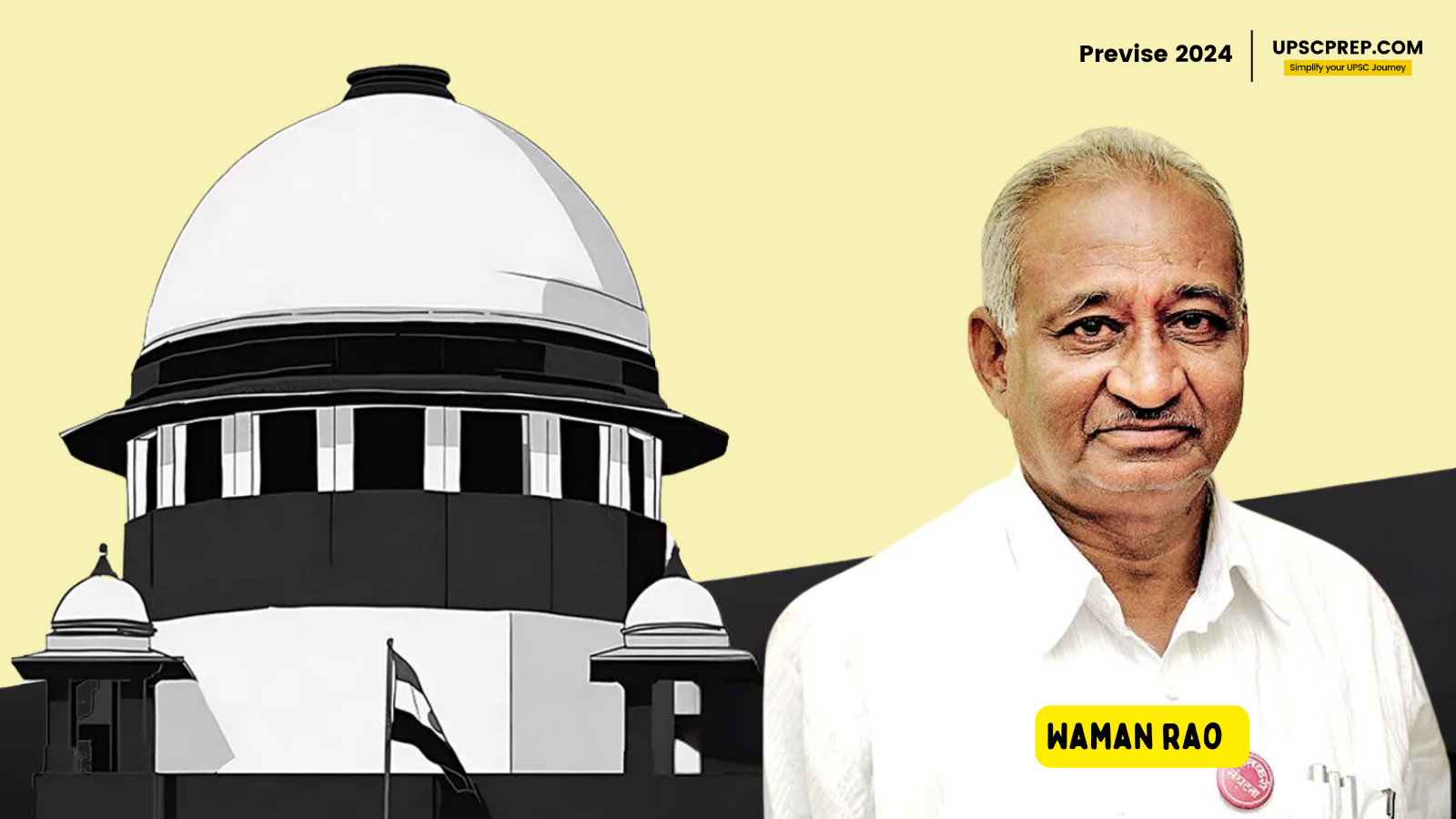
- It also reaffirmed the Basic Structure theory and said that it should not be applied retroactively to examine the legality of any Constitutional modification that occurred before the Kesavananda Bharati case 1973 judgment.
Shah Bano Begum Case 1985
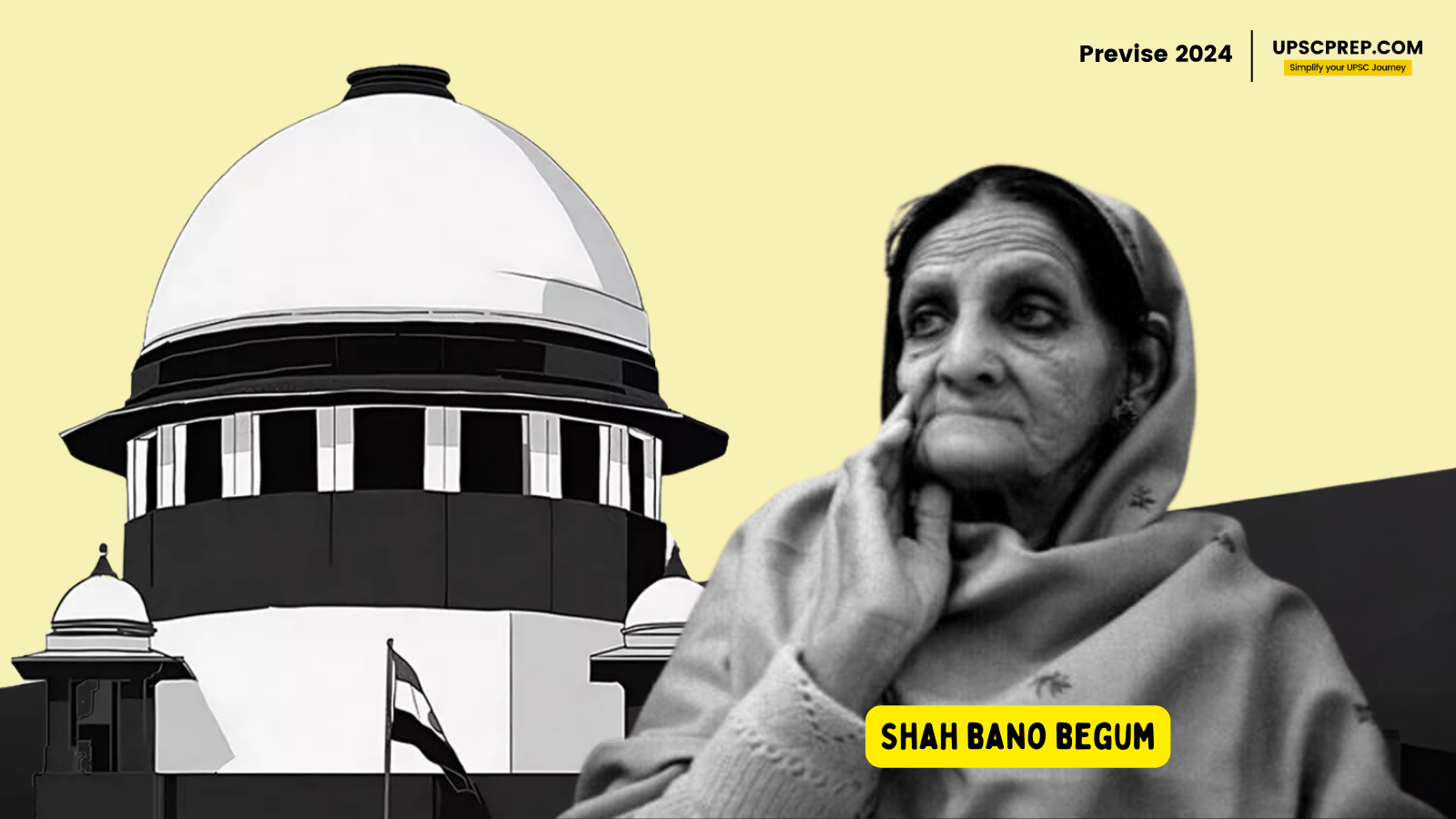
- It was a court case in the struggle for rights for Muslim women.
- The Supreme Court upheld a Muslim woman’s claim to maintenance and declared that everyone, regardless of religion, is subject to the 1973 Code of Criminal Procedure.
- The government reacted to this decision by introducing the Muslim Women (Protection on Divorce Act), 1986.
- The legislation stipulated that alimony must only be paid during the iddat period (in accordance with Muslim personal law).
M C Mehta vs Union of India 1986
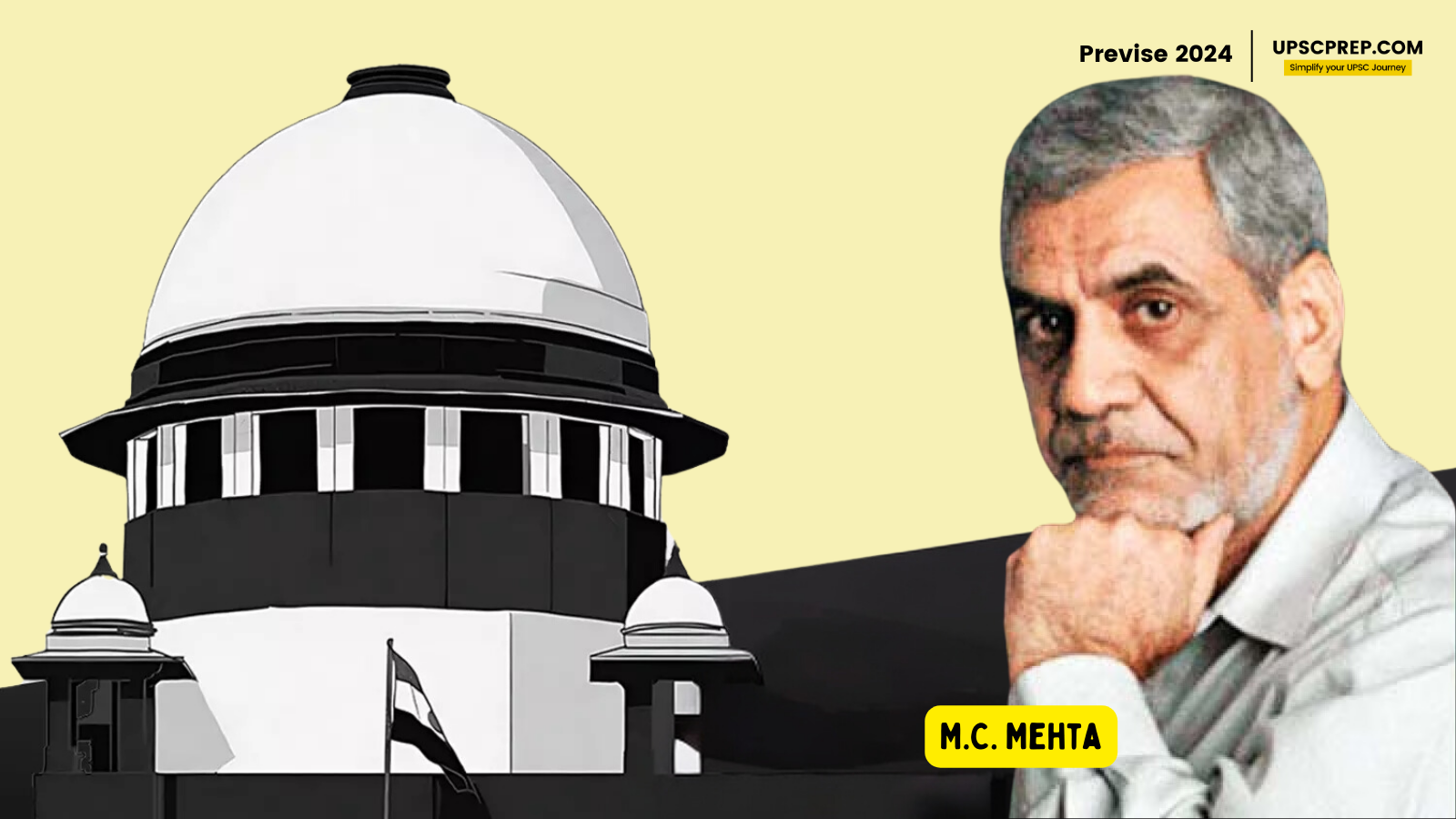
- The case pertained to issues including the application of Article 32, the Rylands v. Fletcher rule of absolute liability and the compensation problem.
- The SC ruled that where rights are violated, it has the authority under Article 32 for corrective as well as preventive actions.
- Absolute Liability should be used in industries that participate in risky or intrinsically harmful activity.
- Another direction was that the compensation must be proportionate to the size and potential of the industry for proper deterrence.
Indra Sawhney vs Union of India 1992
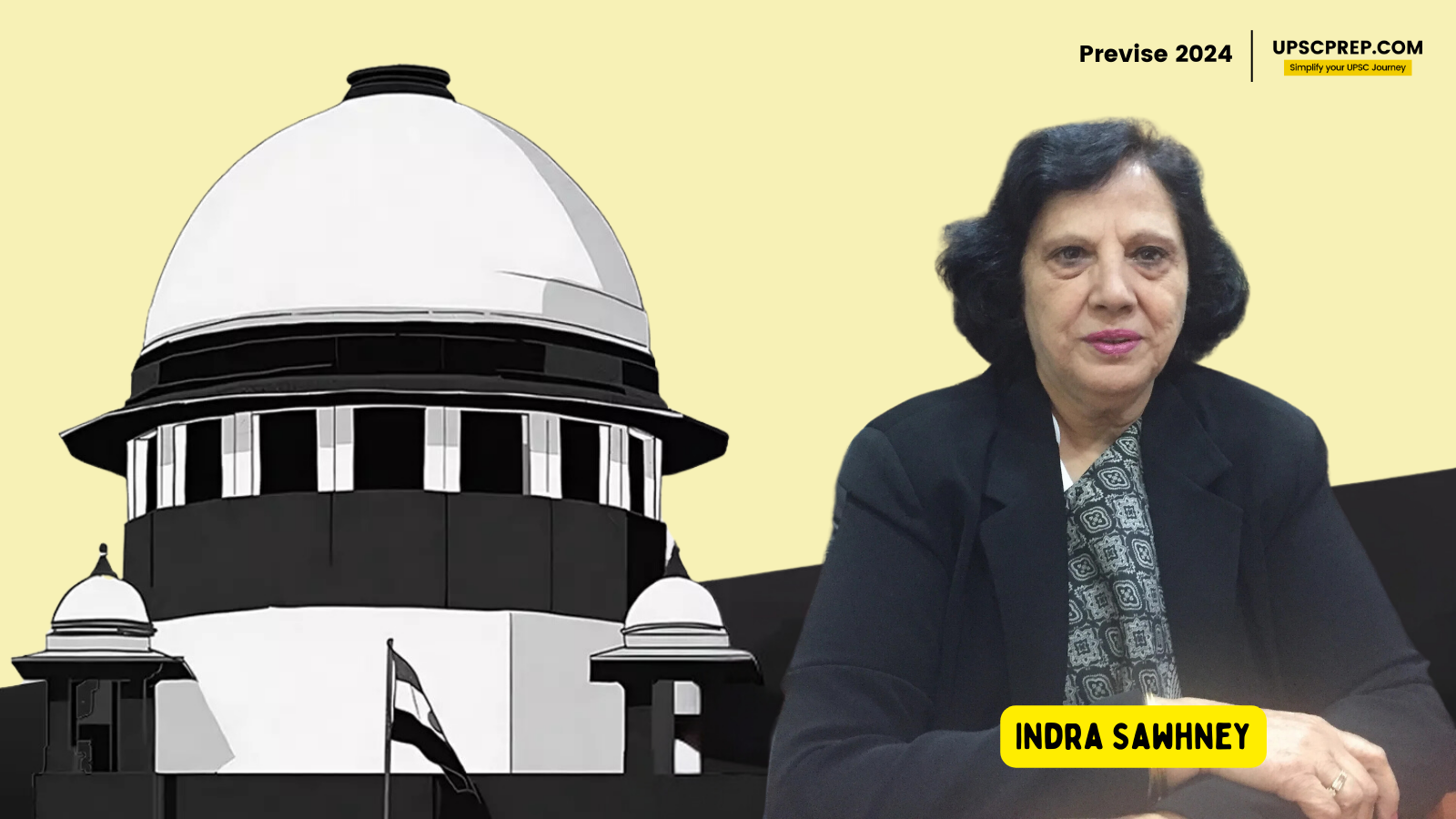
- The scope and application of Article 16(4) with constitutional legitimacy of the 27% reservation for OBCs was called into question.
- The reservation of jobs for members of underprivileged sections was scrutinized by the Supreme Court with outcomes like exclusion of the creamy layer, no reservations in promotions, and the total reserved quota shall not exceed 50%, etc.
- It upheld the constitutional legitimacy of the 27% reservation for OBCs.
Vishakha vs State of Rajasthan 1997
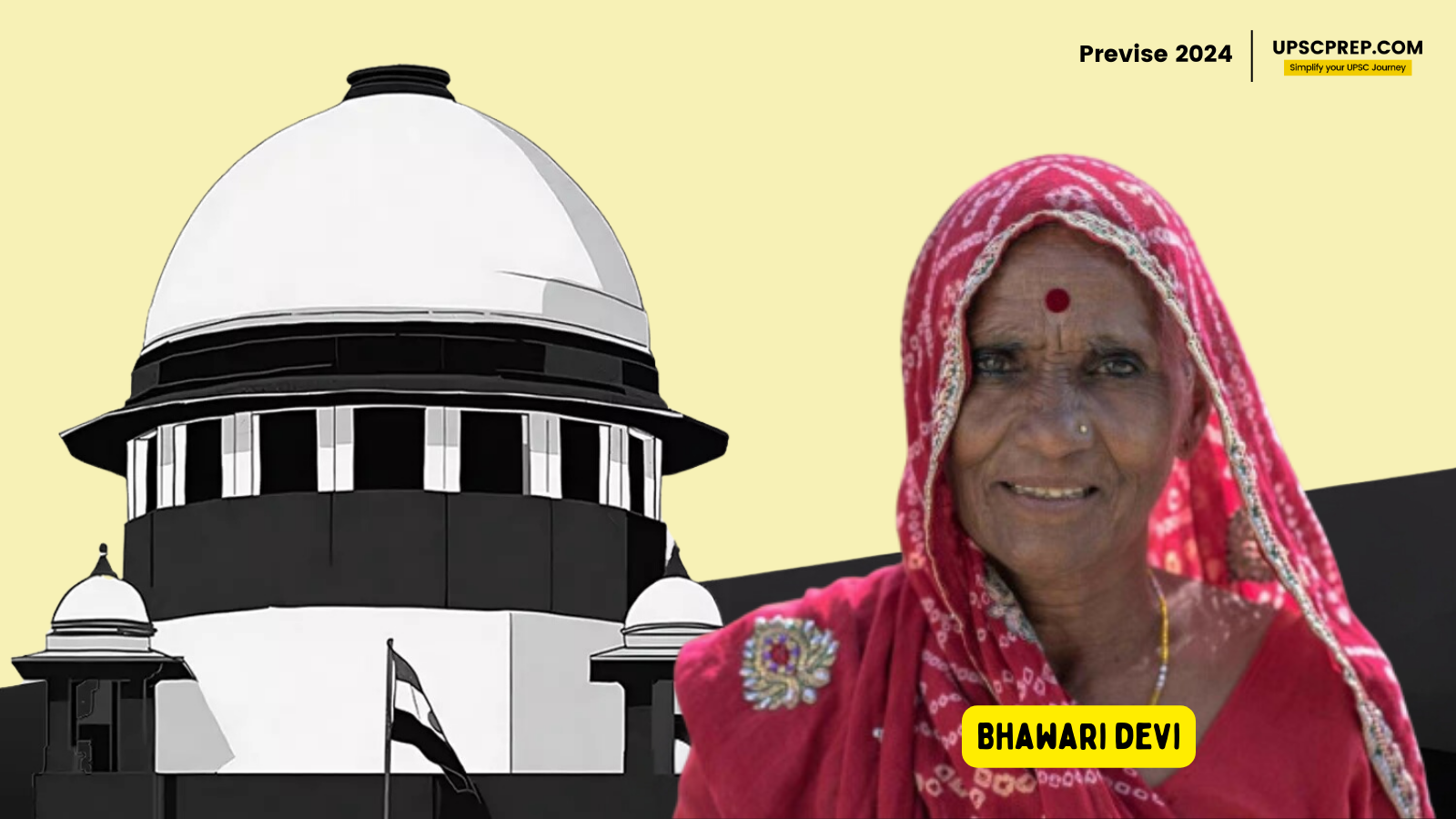
- In this case, Naina Kapur and her organization, Sakshi, filed a Public Interest Litigation against the state of Rajasthan and the central government to enforce working women's fundamental rights under Articles 14, 19, and 21 of the Indian Constitution.
- It was centered around sexual harassment at workplace.
- The Supreme Court provided a set of instructions for employers and other accountable parties or organisations on how to right away assure the avoidance of sexual harassment.
- The Vishakha Principles were a collection of procedural guidelines for use in sexual harassment cases in India and included guidelines like internal complaints committee.
